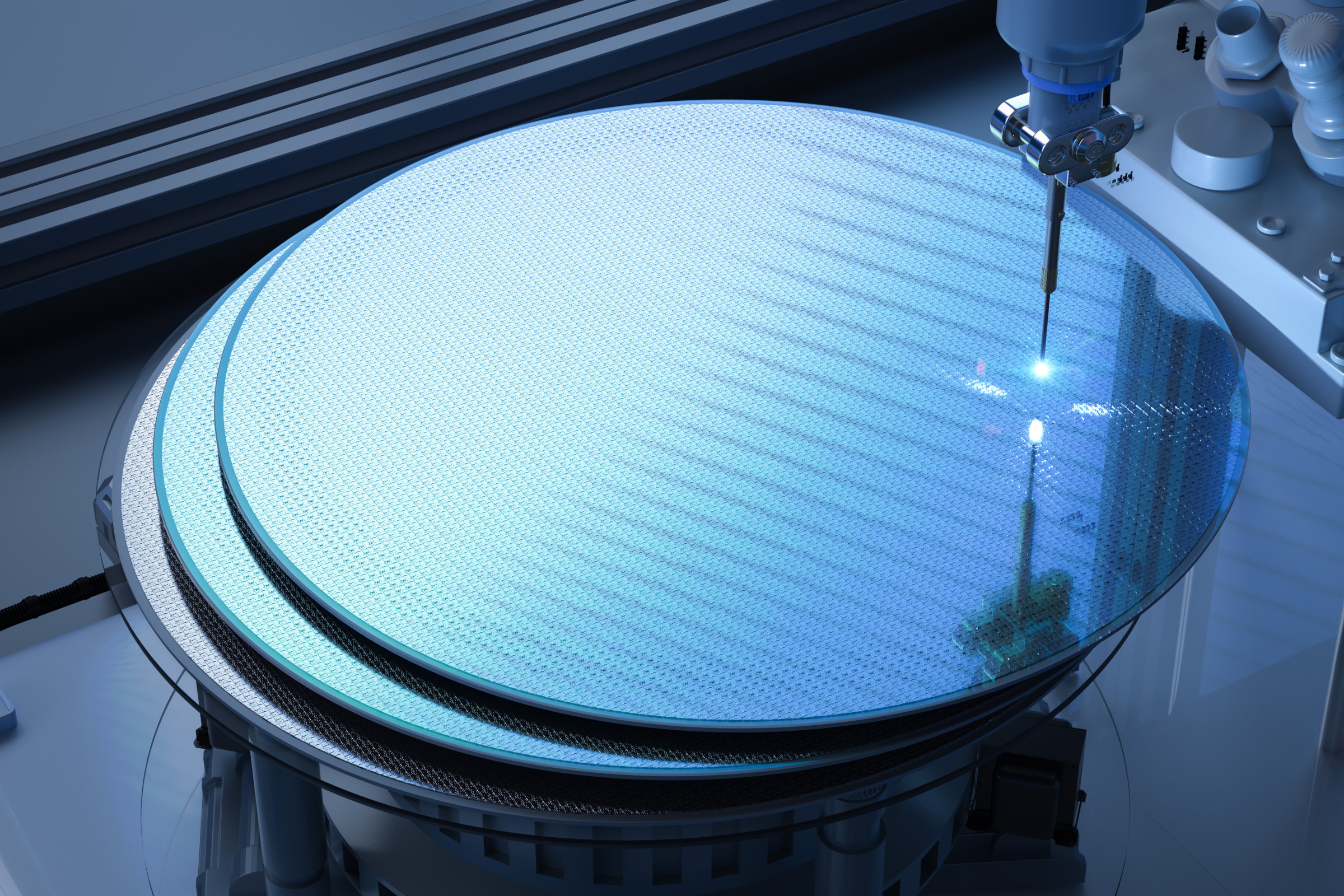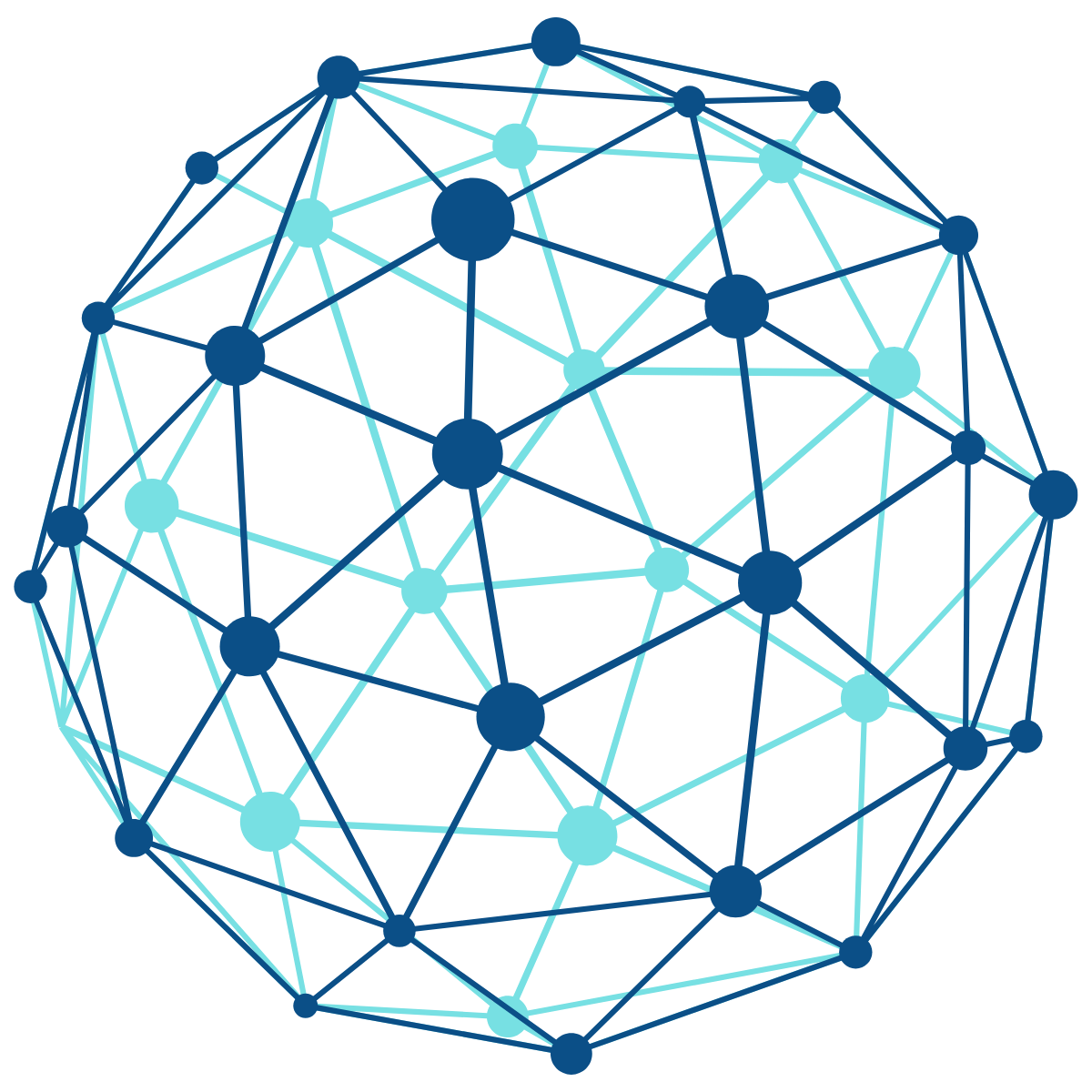Quantacrystals
Materials That Move Innovation at the Speed of Light
Accelerate Telecom and Quantum Innovation with High-Performance Thin-Film Lithium Niobate and Silicon Carbide
Power the Future of Photonics with TFLN and TF-SiC: The Next-Generation Materials for Ultra-Fast, Scalable Integration

Thin-film lithium niobate (TFLN) and thin-film silicon carbide (TF-SiC) are revolutionizing integrated photonics with their unique combination of high speed, low loss, and extreme material resilience. These cutting-edge platforms combining high electro-optic performance, broadband transparency, and exceptional thermal and structural resilience support functions far beyond what legacy materials can deliver.
With applications spanning high-speed modulation, quantum photonics, nonlinear optics, and LiDAR, these materials are well-suited for compact, power-efficient, and scalable photonic systems—across telecom, data center, and sensing markets.
Want to learn more about their properties and integration solutions?
Simply answer these questions to download the brochure and explore how these materials can transform your photonics roadmap.
A University of Glasgow commercialisation and research project proudly supported by Innovate UK

We are keen to talk to you

Telecommunication Providers

Quantum Computing Companies

Photonic Integrated Circuit (PIC) Manufacturers

Experts in the field of Photonics
Contact Us
Accelerate Photonic Innovation with Materials Engineered for Speed, Scale, and Precision

Power Tomorrow’s Photonics
TFLN and TF-SiC wafers power ultra-fast, low-loss, and scalable photonic systems—perfect for telecom, quantum, and PIC applications. Build faster networks, smarter chips, and more efficient quantum hardware with materials designed for next-generation performance.
